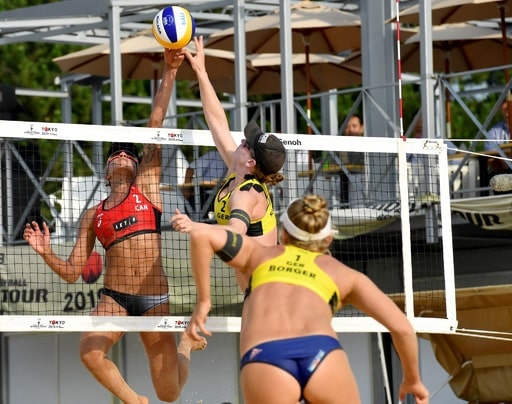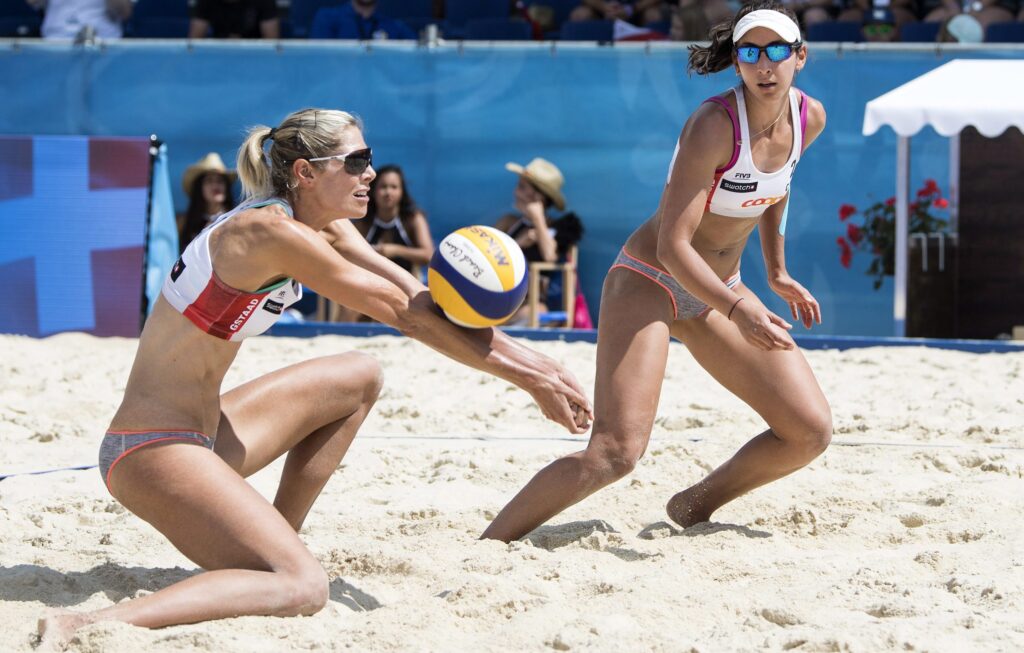
Kendo is a traditional Japanese martial art, and many people hone their skills at dojos across the country.
However, practicing Kendo comes with many physical challenges. In particular, the pain can be caused by the “kote” — the hand protection used in kendo.
Such pain not only affects the quality of training, but can also cause a long-term loss of motivation.
In this article, we will analyze in detail the reasons why kendo kote feel painful and provide effective solutions.
Aim for pain-free and comfortable practice with practical advice from professional kendo practitioners.
目次
- 1 Introduction: General pain related to Kendo kote
- 2 Detailed analysis of the causes of hand pain
- 3 Specific cases that cause pain and their countermeasures
- 4 How to choose and adjust appropriate sword tools
- 5 Learn how to practice to prevent pain from a Kendo professional
- 6 Frequently asked questions (FAQ) and answers
- 7 Summary and checklist for preventing hand pain
In Kendo, kote is an important piece of equipment that protects the wrists and fingertips.
In particular, it requires a sturdy construction and proper fit to protect your hands from blows from Shinai.
Kote is also useful for maintaining accurate form in Kendo, and by maintaining proper hand movement and position, it also plays a role in improving the accuracy of techniques.
Therefore, kote is not just a piece of armor, but an essential tool for honing kendo techniques.
Common causes of hand pain
Gauntlet pain is mainly caused by the following causes:
- Poor fit of equipment : If the gauntlets are too large or small, they may not provide adequate protection and may cause pain and discomfort. Improperly sized kote can also restrict movement, interfering with natural movements.
- Overuse and Fatigue : Prolonged or intense practice can put undue stress on the hand muscles and joints, and friction within the hands can cause pain.
- Poor-quality materials : Gaotes made from low-quality materials may not provide enough cushioning or may irritate from the inside due to rough internal stitching.
- Inadequate protection : If the kote does not absorb shock properly, a particularly strong blow can directly affect the hand.
By understanding these factors and taking measures, you can make your Kendo practice safer and more comfortable.

Detailed analysis of the causes of hand pain
Accurate striking technique and form in Kendo are very important to prevent pain.
Inaccurate form places unnecessary force on your hands, which can cause pain, especially in your kate.
For example, bending the wrist too much or using too much force when striking will put too much pressure on the wrist and increase friction within the gauntlet.
Such technique errors can cause long-term pain and injury.
It is important to learn the basics of Kendo correctly and learn the correct form under the guidance of an experienced instructor.
Improper fit of equipment and its consequences
Improper fit of the gauntlet is also a major cause of pain. If the kote is too large, the hand can move easily inside, creating uneven friction and pressure when striking.
On the other hand, if the kote is too small, it may be too tight and restrict blood flow, causing pain and numbness.
Also, if the gauntlet pads are not in the proper position, they will not provide the necessary protection and the hands will be more susceptible to direct blows.
Choosing an appropriately sized gauntlet and regularly checking and adjusting the fit is essential to reducing pain and providing effective protection.

Specific cases that cause pain and their countermeasures
One of the typical cases where kote pain occurs during Kendo practice is during “uchikomi” practice.
This practice often involves hitting the opponent in succession, and repeated improper form and force can put excessive stress on the wrists and fingers.
Especially for beginners, wielding a bamboo sword with too much force will increase friction within the kote, causing pain.
Continuing to practice despite accumulated fatigue is also one of the causes of pain.
Specific technique modifications to reduce pain
The following technique modifications can be effective in reducing gauntlet pain:
-
Practice correct striking form : It is important to learn the correct way to hold a shinai and strike form under the guidance of a kendo instructor. In particular, by learning how to naturally extend your wrists and distribute force evenly, you can avoid unnecessary friction and pressure within your kote.
-
Adjusting the way you swing your Shinai : Rather than swinging your Shinai with force, practice focuses on technique and timing to reduce unnecessary impact. Swinging the Shinai lightly and smoothly is the key to reducing pain.
-
Adequate rest and management of exercise amount : When fatigue is accumulating, taking adequate rest will help prevent pain. It is also important to avoid practicing for long periods at a time and practice at an appropriate pace.
By proactively incorporating these technical modifications, it is expected that kendo practice will become safer and more enjoyable, and the pain caused by kote will be significantly reduced.

How to choose and adjust appropriate sword tools
When choosing a kote to use in Kendo, it is important to consider the following points:
-
Size Accuracy : The size of the kote is very important. Choosing a size that fits your hand perfectly increases freedom of movement and reduces unnecessary friction and pressure. Be sure to measure your hands accurately and compare them to the size chart when choosing.
-
Protection and comfort : Check whether the internal cushioning of the kote is sufficient and whether it is breathable. High-quality cushioning material absorbs shock and maintains comfort even during long periods of use.
-
Material quality : It is advisable to choose a gauntlet made from durable and skin-friendly materials. Natural leather or high-quality synthetic materials are common, and these can withstand long-term use.
How to adjust the kote to suit your hand
How you adjust your kote after purchasing it is also essential for comfort and protection:
-
Adjustable strings : Kote often have adjustable strings. By adjusting this appropriately, you can make it fit snugly in your hand. Check the tightness of the laces before each exercise and adjust as necessary.
-
Adjusting the position of the pads : Some high-quality kotes allow you to move the internal pads. Adjust the padding to the shape of your hands and cover the areas that need the most protection.
-
Check the feeling of use : New kote are often stiff at first, so it is important to take some time and practice until they feel comfortable in your hands. When using it for the first time, we recommend that you start with light practice and gradually get used to it.
By paying attention to these points when choosing a kote and adjusting it appropriately, you will be able to practice Kendo more safely and comfortably.

Learn how to practice to prevent pain from a Kendo professional
Warming up and cooling down before you start and after you finish Kendo practice is very important to prevent pain.
This will allow you to properly prepare your muscles and relieve muscle tension after practice.
warm up :
- Stretch your entire body : Kendo uses your entire body, so be sure to stretch your neck, shoulders, arms, back, and legs.
- Basic gymnastics : light jogging, jumping, and squats to activate your heart and improve blood flow.
- Saburi : Lightly swinging the Shinai will warm up the muscles in your wrists and arms in particular and get them used to Kendo movements.
cool down :
- Slow Stretching : Perform slow, deep stretches, focusing on the muscle groups used during the exercise.
- Deep Breathing and Relaxation : Incorporate deep breathing to calm your heart rate and promote muscle relaxation.
- Light exercise : A combination of light walking and light stretching will help cool your muscles.
Building a practice session to prevent pain
When structuring your practice sessions to prevent pain, it is important to consider the following points:
- Balance of practice : Avoid excessive practice of specific techniques and incorporate a balance of batting, basic technique, and competitive practice.
- Check technique accuracy : At each step of the exercise, check technique accuracy and avoid repetitions with incorrect form. Utilize instructor feedback as needed.
- Inserting rest : Avoid continuous training for long periods of time, and take appropriate breaks to allow your body to recover. Accumulating fatigue increases the risk of pain and injury.
- Adjust intensity : Adjust the intensity of your exercises to suit your physical condition and skill level. For beginners or on days when you are not feeling well, adjustments such as lowering the intensity and focusing on checking the basic movements are effective.
By creating and implementing a practice plan with these points in mind, you can effectively prevent pain while improving your Kendo techniques.

Frequently asked questions (FAQ) and answers
Q1: Why does hand pain occur?
A1: Kote pain is mainly caused by improper fit of equipment, inaccurate hitting technique, excessive practice, or poor material of equipment. It is important to use appropriately sized kote, learn correct form, and take adequate rest.
Q2: What should I do when I feel pain?
A2: If you feel pain, it is important to first stop practicing and identify the cause of the pain. Double check that the kote size is correct and make adjustments if necessary. Additionally, if the pain persists, we recommend that you consult a specialist and receive appropriate treatment.
Q3: What can I do to prevent hand pain?
A3: To prevent pain, please pay attention to the following points:
- Selecting and adjusting the appropriate kote : Select a kote that is the right size for your hand and adjust it appropriately.
- Learning correct batting form : Learn and practice correct batting form under the guidance of an instructor.
- Proper warm-up and cool-down : Perform a proper warm-up and cool-down before and after practice.
- Emphasis on rest and recovery : Take adequate rest and be careful not to accumulate fatigue.
Q4: How do I check if the kote size is correct?
A4: To check if the kote is the right size, try on the kote and make sure that the movement of your hand is natural and that the kote fits your hand well but is not too tight. . If the kote is too big, your hands will move too much inside it, and if it’s too small, it will create a feeling of pressure. If size adjustment is possible, make adjustments as necessary.
By referring to these questions and answers, you can reduce the pain caused by kote during Kendo practice and create a better practice environment.

Summary and checklist for preventing hand pain
When practicing Kendo, kote pain is one problem you want to avoid.
Choosing the right equipment, learning proper form, and continued care can minimize this discomfort.
The following checklist is a guide to follow before and after practice to prevent soreness.
Checkpoints before and after practice
Before practice :
- Warm up : Warm up your body with plenty of stretching and light exercise.
- Check the fit of the gauntlet : Make sure the gauntlet fits properly and the laces are properly adjusted.
- Check equipment condition : Check for tears or damage to the kote and repair or replace if necessary.
After practice :
- Cool down : Stretch and relax depending on the intensity of your practice.
- Equipment maintenance : Keep your hands clean, well-ventilated, and dry.
- Check your body : Check your body for pain or abnormalities, and take action if you feel something is wrong.
The importance of ongoing care and maintenance
Kendo tools can maintain their performance for a long time with proper maintenance. In particular, the kote requires regular inspection and care as it is often subject to direct blows.
- Regular cleaning : Sweat and dirt can cause the material of the gauntlet to deteriorate, so it is important to keep it clean on a regular basis.
- Dry storage : Always dry completely in a well-ventilated place after use to prevent mold and odor from forming.
- Check by a professional : It is recommended that the gauntlet be inspected regularly by a professional and have the condition of the gauntlet examined in detail.
By implementing these measures, you will be able to practice Kendo more safely and comfortably.
Incorporate these points into your daily practice to prevent kote pain.




